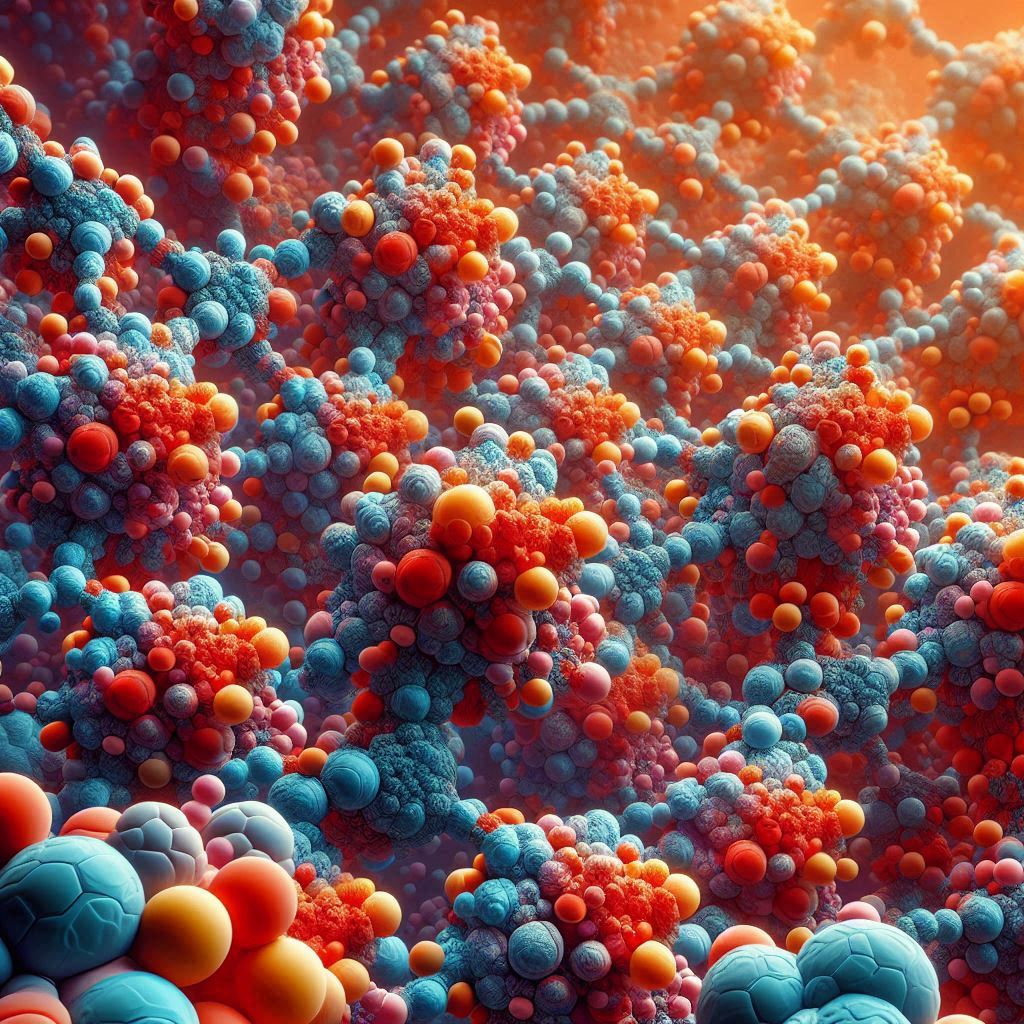Introduction
Have you ever flipped over a colorful candy packet and squinted at the long list of ingredients, wondering what those scientific-sounding names mean? Among those, erythrosine and titanium dioxide might have caught your eye. These commonly used food additives have sparked much discussion and debate. In this article, we’ll delve into what erythrosine and titanium dioxide are, their uses, potential health impacts, and the ongoing conversations surrounding their safety.
What is Erythrosine?
Erythrosine, also known as Red No. 3, is an artificial red dye used in various food products and cosmetics.
The Origin and Uses of Erythrosine
Chemists synthetically derive erythrosine, a member of the xanthene dye family, to produce a bright cherry-pink hue. Manufacturers predominantly use this colorant in:
- Candies: Gummies, lollipops, and other bright sweets.
- Baked Goods: Icing and decorations.
- Medications: Coating on pills and tablets.
- Cosmetics: Lipsticks and nail polishes.
The reasons for its usage range from aesthetic enhancement to making products more appealing to consumers, especially children.
Health Concerns of Erythrosine
The safety of erythrosine has been a topic of debate for years. Early studies in the 1980s suggested a potential link between erythrosine and thyroid tumors in rodents. Consequently, the FDA banned its use in cosmetics and externally applied drugs but still allows it in foods and ingested medications in regulated quantities.
“While the occasional consumption of erythrosine in food is considered safe by global health authorities, some health advocates argue for natural alternatives due to the possible long-term effects.”
Titanium Dioxide: The Ubiquitous White Pigment
Titanium dioxide (TiO2) is another common substance, recognizable by its use as a white pigment in numerous products.
Uses and Applications
Titanium dioxide excels in providing whiteness and opacity, making it an invaluable ingredient in:
- Foods: Dairy products, baked goods, and candies.
- Personal Care Products: Sunscreens for its UV-blocking properties.
- Paints and Coatings: To ensure brightness and resistant finishes.
In the food industry, the additive is labeled as E171 and is chiefly employed to bring vibrancy to otherwise dull-looking products.
Health Implications
Titanium dioxide has been scrutinized heavily in recent years. Although it was once considered inert and safe for consumption, newer studies have raised concerns about its nanoparticle forms potentially causing cell damage and contributing to inflammation. In response to these findings:
- France: Banned E171 in food products as of 2020.
- European Food Safety Authority (EFSA): Continues to reassess the risks associated with titanium dioxide.
Studies are ongoing, and health authorities recommend continued vigilance in monitoring everyday exposure to titanium dioxide through food and other products.

The Regulatory Landscape
Health organizations worldwide closely monitor both erythrosine and titanium dioxide.
United States
- FDA: Regulates the permissible levels of these additives in various products. The FDA’s stance is often informed by rigorous studies and reassessments.
Europe
- EFSA: Provides scientific advice and communicates on risks regarding food additives. Their decisive action can lead to changes in regulatory practices, as seen with titanium dioxide.
Other Regions
- Australia/New Zealand: Food Standards Australia New Zealand (FSANZ) evaluates such substances and sets guidelines for their safe use.
Conclusion: Erythrosine And Titanium Dioxide
Erythrosine and titanium dioxide play significant roles in making our everyday products more visually appealing and practical. However, like many food additives, their safety continues to be debated within the scientific and regulatory communities.
As consumers, staying informed and making conscious choices can help navigate the complexities of food additives. Health authorities generally deem occasional consumption of products containing these substances safe, but leaning towards natural alternatives whenever possible is a sound approach.
“Ultimately, balance and awareness are key. Understanding what goes into our products empowers us to make better choices for our health and well-being.”
For further insights, you might want to peruse recent research published by EFSA Journal or check out the FDA’s food additive regulations.
Curiosity and staying informed provide your best defense for making healthier, educated decisions.
Adhering to these guidelines equips you to identify and understand the roles erythrosine and titanium dioxide play in your daily life. Feel free to explore more and share your findings with friends and family!
Tronox Titanium Dioxide: Enhancing Durability In Your World





